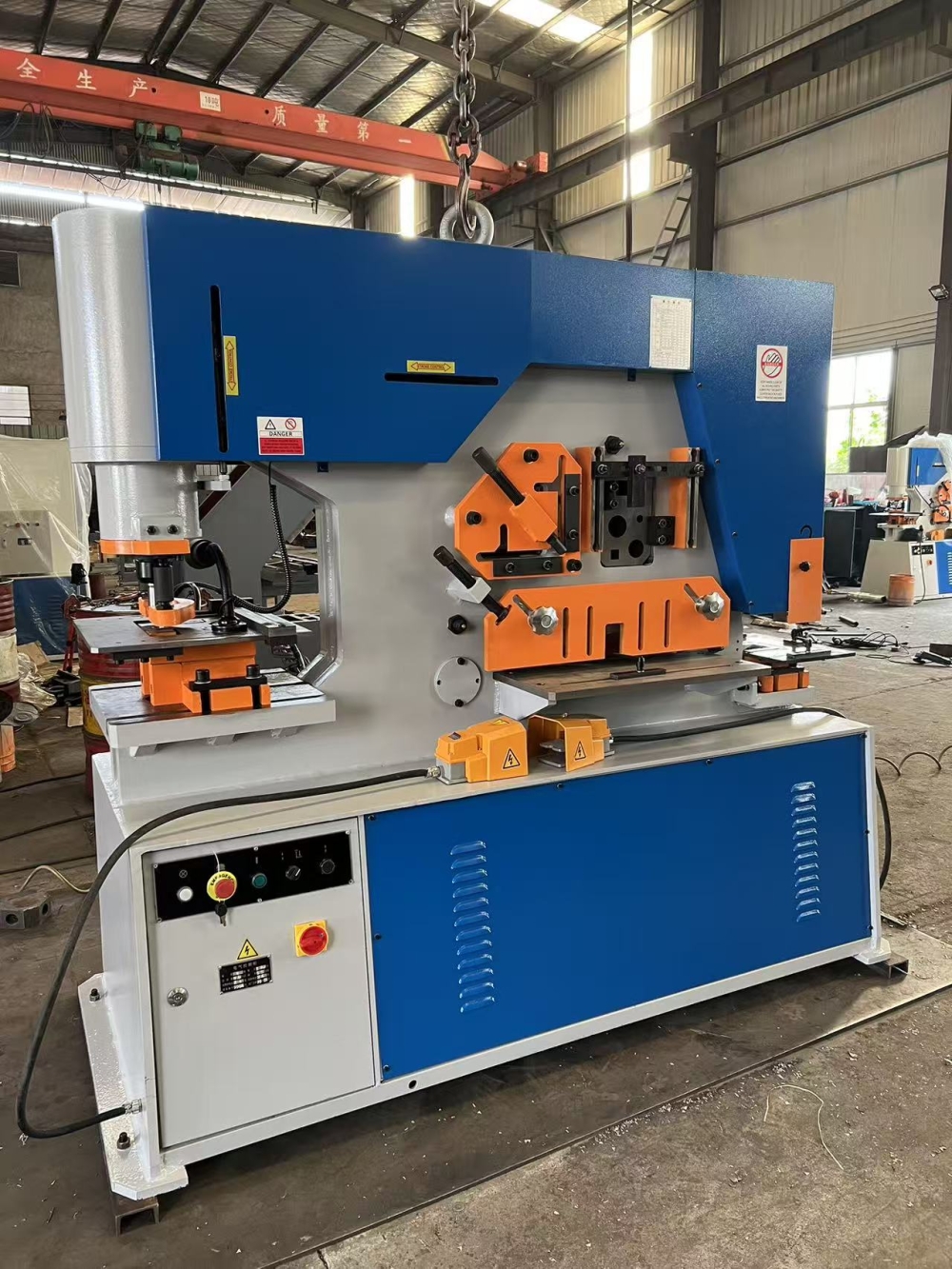I-beam cold bending machine
The I-beam cold bending machine is a specialized piece of equipment for bending steel profiles in bridge, tunnel, and steel structure workshop projects. It is mainly used for cold bending and forming of I-beams, H-beams, channel steel, angle steel, and other profiles, bending straight steel into arc, circular, or zigzag-shaped components.

The I-beam cold bending machine is a specialized piece of equipment for bending steel profiles in bridge, tunnel, and steel structure workshop projects. It is mainly used for cold bending and forming of I-beams, H-beams, channel steel, angle steel, and other profiles, bending straight steel into arc, circular, or zigzag-shaped components. The equipment adopts a hydraulic drive + three-roll bending structure. The machine body is constructed from high-strength welded steel and undergoes aging treatment to eliminate internal stress, ensuring rigidity and stability. Equipped with a CNC control system, high-precision guiding mechanism, and hydraulic clamping device, the bending radius, angle, and feed speed are set via the CNC panel. The three rolls work together to progressively cold bend the steel profile without heating. The bending angle range is 0-180°, and the bending radius error is controlled within ±5mm. Compared to traditional hot bending processes, it has advantages such as high forming accuracy, stable component mechanical properties, and high processing efficiency. It solves the problems of steel deformation and strength reduction caused by hot bending. It is widely used in the processing of arc-shaped components such as tunnel arches, bridge railings, and steel structure domes, and is a key piece of equipment for achieving standardized production of steel profile bending.
Features
1. High-efficiency cold bending: Utilizing a three-roll progressive bending process, the bending cycle for a single 10-meter-long I-beam is only 15-20 minutes, 2-3 times more efficient than traditional hot bending, and eliminates the need for heating and cooling time.
2. Excellent forming precision: The CNC system precisely controls the roller displacement, with a bending radius error ≤ ±5mm and an angle error ≤ ±0.5°. The formed steel profile has a smooth and continuous curvature, requiring no secondary trimming.
3. Stable component performance: The cold bending process does not alter the metallographic structure of the steel. After bending, the yield strength and tensile strength of the component remain at their original levels, avoiding the material embrittlement problems caused by hot bending.
4. Wide range of applications: It can process various profiles such as I-beams (I10-I63), H-beams (HW100-HW600), and channel steel (10#-40#). By changing the rollers, it can adapt to the bending requirements of steel profiles with different cross-sectional dimensions.
5. High degree of automation: The fully automatic model achieves CNC control of the entire process of steel feeding, positioning, bending, and unloading. It supports importing CAD drawings to automatically generate bending programs, significantly reducing manual intervention.
6. Convenient and intelligent operation: Equipped with a touch screen human-machine interface, it can display bending parameters and forming progress in real time. It has multiple preset commonly used bending templates and supports parameter storage and retrieval. Even beginners can become proficient in operation within 2 hours.
7. Comprehensive safety protection: It is equipped with hydraulic overload protection, an emergency stop button, protective baffles, and travel limit switches to prevent steel slippage or equipment overload, complying with GB/T 37400.3 safety standards.
8. Stable and durable structure: Key components are made of 45# steel with heat treatment, the roller surface is chrome-plated for wear resistance, and the guiding mechanism uses precision linear guides. Long-term operation results in minimal accuracy decay, a low failure rate, and a service life of over 10 years.





